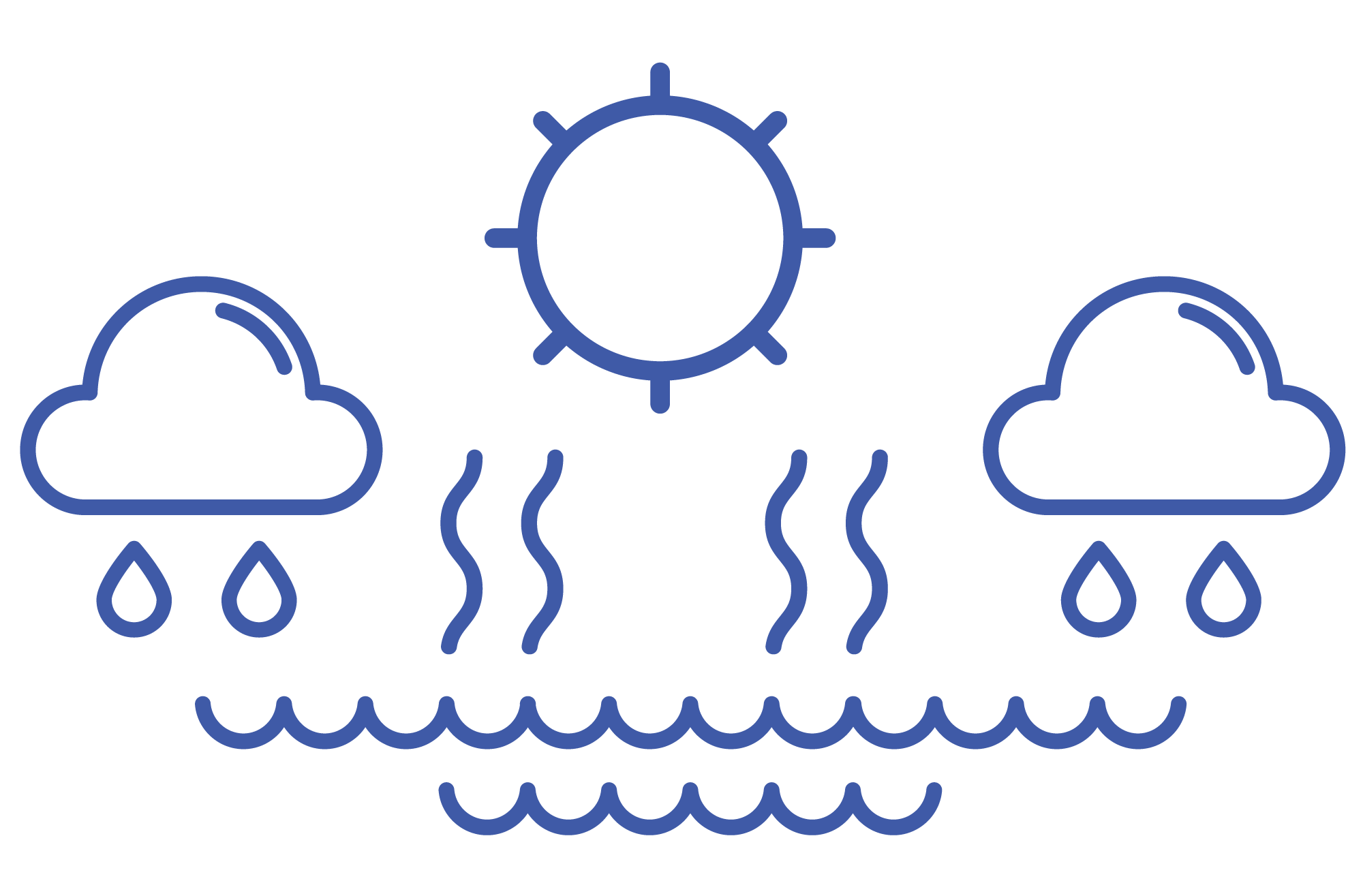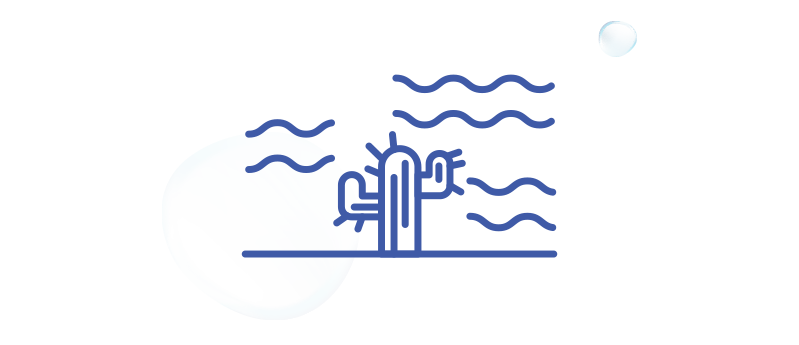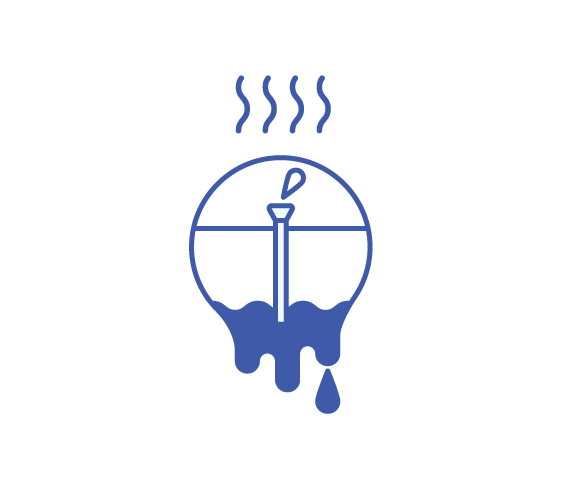The water cycle connects us all

#WaterWiseEU

What is the water cycle?
As water moves through the Earth's land, seas and atmosphere, it drives our weather, sustains our economies and enables life to exist.
This process is known as the water cycle.



How does it work?
Hot air warms liquid water, which evaporates into the atmosphere in the form of water vapour. It then condenses to create clouds. This moisture in the atmosphere may be transported around the globe in so-called atmospheric rivers.
When the water droplets in the clouds are heavy enough, they fall back to Earth as rain, sleet, snow or hail.
Once the water reaches the ground, it can evaporate back into the atmosphere or penetrate the surface and become groundwater. In the spring, melting snow feeds streams and rivers to provide a source of water during the hot summer months.
Groundwater may follow several different paths, seeping into waterways, lakes and oceans or into aquifers, which are giant underground water reservoirs.
The water may also be released back into the atmosphere, when water evaporates from the surface of leaves from trees and other vegetation.
Some of the water on the earth’s surface does not become groundwater, nor is it absorbed by plants. This excess water empties into lakes, rivers and streams, and is carried back to the oceans to begin the water cycle again.

How is the water cycle broken?


Human activity damages ecosystems, disrupting the water cycle. Climate change worsens these pressures. Extreme weather events such as floods and droughts are becoming more frequent.

Rising temperatures mean more rain rather than snow. The little snow there is evaporates, instead of flowing downstream. But less snow means less water during the hot periods of the year.

With more water in the air than on the ground, the land begins to dry out. But wet ground absorbs more water much better than dry ground does.

So, when it finally rains after long periods of drought, the water simply washes away rather than being absorbed into the ground, causing flash floods. The longer the drought, the more water is needed to revive the land.

In short, climate change and human activity speed up the water cycle. More evaporation, more rain, more drought – and less water for us and all other life that depends on it.
Why is it broken?

In addition to climate change, pollution and unsustainable land practices are also impacting our water systems.

Since 1970, we've lost a third of our freshwater ecosystems, and freshwater species have plummeted by an average of 83%. Wetlands are being drained, while rivers and floodplains are being artificially disrupted, rerouted, and built over. This is further accelerating water scarcity.

Wetlands and lakes have been drained to produce crops, while rivers and streams suffer from nutrient pollution. This creates massive ‘dead zones’ in coastal areas, where few animals and plants can survive.

Large-scale pumping of groundwater has led to a boom in agricultural production. But it is now rapidly depleting aquifers that have stored water for thousands of years.
The most visible sign of our disrupted water cycle is when rivers that have been diverted for agriculture simply dry up.

Dams and reservoirs store water so we can use it when needed. But they also block fish migrations, destroy habitats, and trap sediment. They cause coastal erosion, as sediment that should build up on beaches is trapped by the dam. This makes coastal communities vulnerable to storms and flooding.
How do we fix the water cycle?

By working with nature, rather than against it, we can help to restore the water cycle.

Let the water sink in
Urban designers can copy nature and allow rain to do what it did before concrete and asphalt covered the landscape. Using permeable materials for roads and sidewalks allows water to soak into the earth, replenish groundwater, and gradually flow back into rivers and streams.
Boost natural water storage
We have to slow down the freshwater’s journey from the rain back to the oceans, so that nature, our society and our economy can benefit from it. To bring back the sponge-like ability of our landscapes to hold water, we must protect and restore nature, undoing damage like draining wetlands and sealing soil.
Replenish groundwater
By working together, conservationists and farmers can replenish groundwater by inundating farmland with winter floodwater, which then seeps through the soil layer into the aquifer below.
Rebuild soil health
The world’s soils can hold eight times more water than all the rivers combined. But agricultural practices can deplete soils, causing this vital reservoir of water to shrink. Farmers can enable soil to store more water by reducing tillage and planting more cover crops.
By restoring wetlands and applying farming techniques that conserve water and protect and rehabilitate the soil, we can help to maintain and recover the land’s ability to absorb, purify and hold water.
Get rivers flowing again
Bringing rivers and waterways back to a more natural state can also help to reverse damage. Removing obsolete dams and weirs can play a major role in restoring floodplains, which absorb water and help replenish groundwater reserves.
Let’s work together to protect our most precious resource by living in balance with nature and building resilience to the changing climate.

